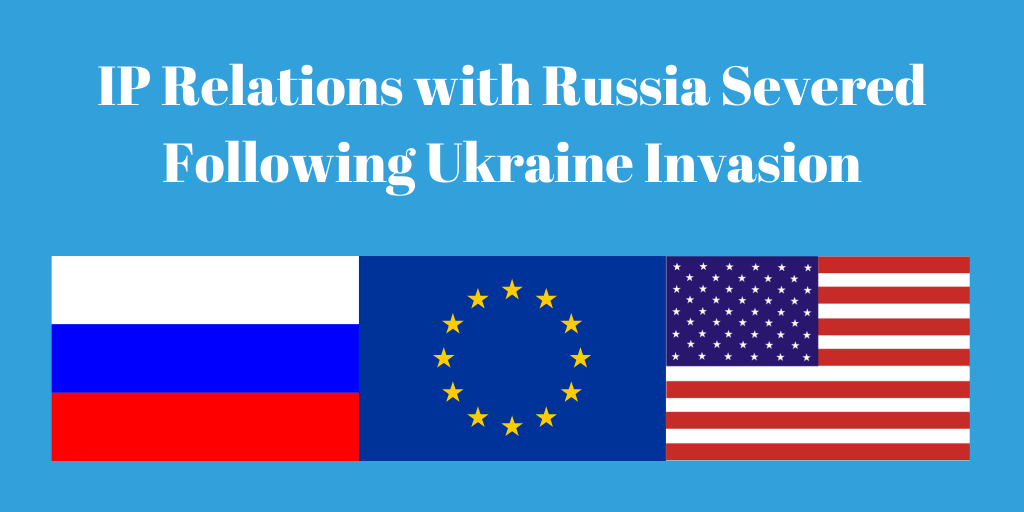It is no secret that in order to obtain a patent, the invention must be a “useful process, machine, manufacture, or composition of matter, or any new and useful improvement thereof”, (35 U.S.C. 101) but is allowing patenting of DNA taking the “useful” requirement too far?
Canada doesn’t think so.
Canada’s Intellectual Property Office has no qualms granting patents for isolated gDNA and cDNA. This means the exclusive right to make, use, and/or sell specific DNA sequences may be granted to the “inventor.”
A Canadian court recently revisited this idea after a local hospital tried invalidating DNA patents pertaining to genes found in the rare Long QT syndrome. With certain isolated DNA sequences held in the patents, the hospital was unable to study and test Canadians for the syndrome, so it sought to have the patents invalidated.
The patent holders eventually granted public hospitals and public laboratories the right to test for the syndrome on a not-for-profit basis, but the court said nothing with regard to the validity of the patents themselves. In fact, while the Supreme Court of Canada has touched upon the issue that genetically modified life forms are not patentable, no straightforward answer has been made by any court on the subject.
As long as all other statutory requirements are present in the patent, the current practice is to allow for the patenting of isolated gDNA and cDNA, but whether or not Canada will continue this practice will most likely be determined with more DNA patent challenges.
What does that mean for the country across the border? Currently, in the United States, gene patents do exist. A gene patent contains the exclusive rights to a specific sequence of DNA given by a government to the individual, organization, or corporation who claims to have first identified the gene. (Genetics Home Reference)
The holder of the patent is then able to control how it is used and researched for twenty (20) years. The length of control is part of the reason many companies have been able to maintain sole ownership of genetic testing for certain patented genes. The other reason is the fact the company controls how the gene is tested, what research is performed, and the type of test setting- i.e. commercial versus noncommercial.
The major deciding case for gene patenting in the United States was Association for Molecular Pathology v. Myriad Genetics, Inc. The United States Supreme Court ruled human genes were not entitled to patent protection because they were a “product of nature,” and because nothing new was created, there was no actual intellectual property to protect. All of the previously held gene patents were invalidated, which opened up possibilities for increased research and testing of genes previously controlled by an individual or corporation.
The good news is the Supreme Court, like Canada, mentioned the patentability of cDNA because the gene sequences are altered by humans, and therefore not found in nature. However, the Myriad case ruled gDNA not patentable in the United States- and the difference is noticeable: gDNA contains fragments of DNA from the entire cell or tissue, while cDNA has only expressed genes sequences.
In the end, a patent practitioner’s favorite quote rings true: you can patent just about anything under the sun that is made by man. While Myriad is the most recent case to discuss patenting DNA, it was not the first. The landmark case Diamond v. Chakrabarty held that a live, human-made micro-organism is patentable subject matter. Since then, scientists and researchers alike tried to push the Court’s interpretation of § 101, which ultimately resulted in the Myriad decision.
Is patenting DNA going to be the new norm? Should the United States follow Canada’s lead and allow the broader gDNA to be patentable material? While it is a great way to expand research and provide for new scientific advancements, it is also alarming. The owners of patents can surely monopolize on various areas of medical research, and many may not be as generous as the above owners in Canada. With many areas of science and technology, it is a slippery slope, and a presents a fine line between the future of scientific advancement and corporate greed.
For now, because there is an inventive step involved with the manipulation of cDNA, it will stay patentable in the United States, however whether or not that remains the case is a question to be decided by future cases.








